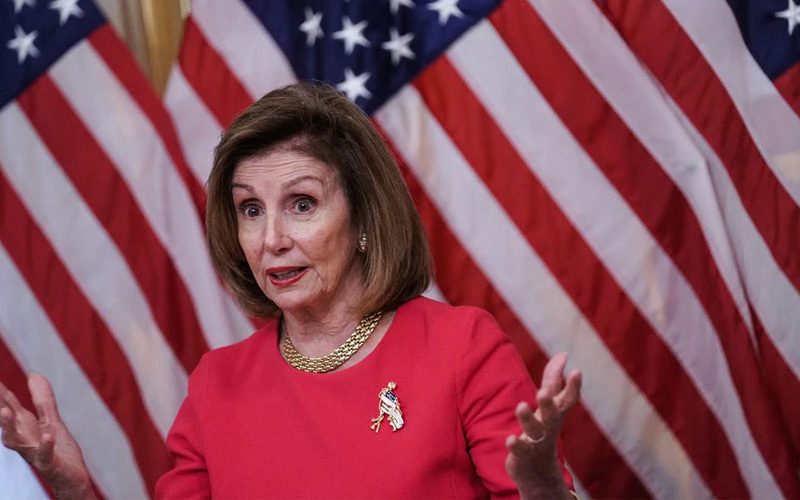The Inflation Reduction Act (IRA), 2022, was passed by the US Senate on Sunday, making good on its promises.
The US clean energy business has experienced ups and downs akin to a rollercoaster in terms of policy and market dynamics during the past several weeks. As stated by Granholm and Biden, the Inflation Reduction Act will result in the US making its largest-ever investment in the fight against climate change and increasing energy security.
From the standpoint of energy storage, the act includes significant supply-side and demand-side drivers, including the investment tax credit (ITC) for standalone energy storage on the demand side and support for domestic battery manufacturing and supply chains on the supply side, as part of a package of funding totaling US$369 billion for clean energy. By approving the Inflation Reduction Act (IRA), 2022 on Sunday, the US Senate demonstrated that it means what it says. It is anticipated that the House of Representatives will discuss the investment and everything in detail this week. With a 15% corporate minimum tax rate for businesses making more than $1 billion yearly, cheaper medicine prices, increased tax enforcement, and a 1% excise tax on stock buybacks, IRA hopes to increase supply chains and reduce inflation. Tax credits are utilized in this climate-focused spending to encourage the use of electric vehicles and clean energy, offer incentives for businesses to increase the production of renewable energy (RE), and finance green innovations. If enacted into law, the top polluter in the world will be put on a course that should result in a 40% decrease by 2030. This is indeed less than the US’ 2030 aim of a 50–22% reduction in emissions from 2005 levels. However, it is still a huge thing. The legislation for India is a fascinating case study. The Energy Conservation Act (ECA), which was approved by India in 2001, provides the institutional framework, regulatory mechanism, and legal framework for energy efficiency and conservation at the central and state levels of government while also reducing the economy’s energy intensity. Earlier this week, the Lok Sabha approved an amendment to the ECA that establishes a requirement to use non-fossil fuel sources of energy, establishes a carbon trading system, and includes new industries including construction in its scope of application.
While the ITC aided in the US’s solar industry’s transition to a tipping point, more than half of the states in the country have Renewable Portfolio Standards (RPS) in place that required utilities to purchase renewable energy. Even in California, one of the ten US states with a target or mandate policy for energy storage, the required procurements were so minimal that utilities met them before the deadline. Instead, solar PV and wind regulations, which ultimately require storage to link those renewables into the grid, are what is propelling California towards a leading position in US energy storage. Even while there are many reasons to be hopeful about this measure, it is merely the beginning of the process to address the climate catastrophe. Paying for climate change today will save money in the long run. Businesses that believe government climate action can be delayed further without incurring any costs haven’t been paying attention to the costs we already suffer. Anyone who believes that market conditions won’t get worse as global temperatures continue to rise is kidding themselves. There are an increasing number of billion-dollar climate disasters every year, rising fossil fuel prices, and growing supply chain issues. However, it is up to each of us – our businesses, communities, institutions, and state and local governments – to carry out the work of becoming more energy efficient and reducing emissions in our daily operations. The Bill offers potentially game-changing resources to help decarbonize the economy.
IRA makes it obvious where the US wants to lead its market and economy going forward and the chances for growth and employment it has in mind. India may focus on better policy implementation by taking a page from this green book to seize the economic opportunities provided by the energy transition and decarbonization. The US has made a tangible, practical step in this direction.







